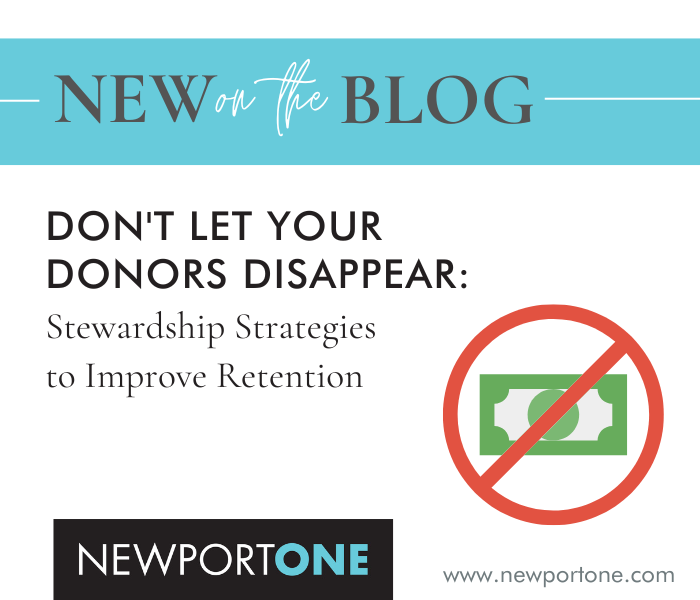Do you think your organization does a good job at saying “Thank You”? But, more importantly, do your donors think you do a good job?
With donor retention rates steadily declining, experience says most organizations could be better at making their donors feel appreciated.
Sure, times are tough, money is tight, and acknowledgments can be expensive, but recruiting new donors is also costly, and cultivating valuable multi-year donors takes, well, multiple years! That’s why retaining as many donors as possible is even more important.
Donors are forgiving, but only to a point, and as the drumbeat of solicitations increases and the quality of our gratefulness decreases, organizations may be reaching that critical tipping point.
So rather than a “one-and-done” mentality with your acknowledgments, try innovative and creative ways to give donors a fully integrated, cross-channel, comment-worthy “Thank You” experience. Here are seven ideas to help you rethink your donor relations to achieve memorable status.
- Invest in Success. It’s unreasonable to keep churning out thank yous on the cheap and expect unfettered love and loyalty from our donors. From postage treatment to the timeliness, each misstep in the thanking process chips away at the level of gratefulness shown for donors’ gifts. Use first-class postage, and tighten up the turnarounds. Show the donors their gift was worthy of a timely acknowledgment.
- Don’t Line Item Acknowledgements. It’s hard not to look at an expense from an acknowledgment program and wonder how you could lower the cost. However, when it shows up separately, we consider it a pure expense unrelated to the line items in the revenue-generating programs. So instead, show the cost of acknowledgments as an appeal, renewal, acquisition, or other program expense. You’ll be less likely to tinker with the costs when they are tied to the revenue.
- Multi-Thanks. Thank yous should not be “one and done,” especially if your donor is making a significant gift. You should show them you think they’re special, and that their donation is greatly appreciated. Your donor will expect the first thank you, but you’ll make a bigger impression when you go beyond the norm and thank them again for that special gift with a phone call, handwritten note, or personal email.
- Mix It Up. Thank yous can extend beyond the channel that secured the gift. If you send an email ask, follow up with a phone call (or text if they have opted in). If you send a mail ask, send an email. Adding a special touch to your email, like a personalized video, makes the thank you memorable. The key is to integrate your thank yous and break the routine of what the donor expects to capture the donor’s attention, so they know how much you appreciate them.
- Be Genuinely Grateful. Your donor has just acted out of pure kindness – they sent you a donation to further your mission. Consider what those funds mean to your organization and express that sentiment in your thank you letters, emails, and phone calls.
- Inspire More Greatness. Upgrades and major gifts don’t just happen because we send the perfect appeal or “graduate” the donor to the major gifts department. They happen because the donor felt inspired by what else they could do and what else the organization could do. So no matter the channel, make your note of thanks to encourage further.
- Keep It Fresh. Change up the copy on your thank you letters and emails periodically. Have a thank you letter signed by a client being served, a parent of a child, or even a rescue animal your organization saved instead of the CEO or Development Director. When available, include leftover decals or magnets used in acquisition as special inserts in letters. If sending an email thank you, include a link to special photos or videos showing how the money is being used. Be creative, and your thank you will be memorable.
As fundraising becomes more expensive and capturing your donor’s attention becomes harder, don’t squander any moment to create a better donor experience and let your donor know how much they mean to your organization!

